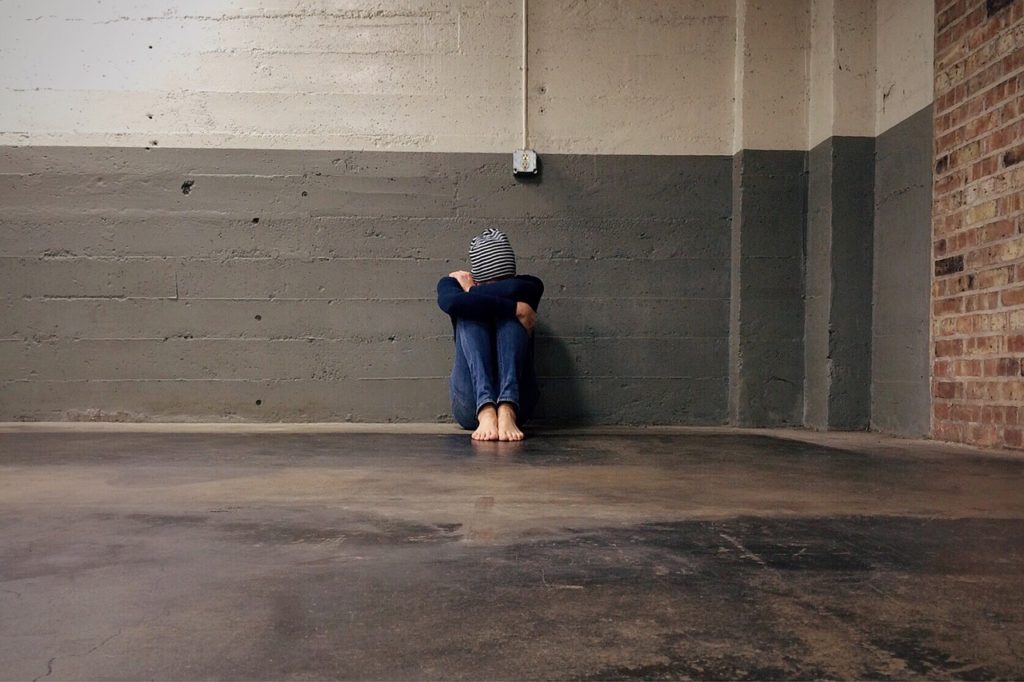The dictionary defines cyberbullying as the use of electronic communication to bully a person, typically by sending messages of an intimidating or threatening nature. It is very easy to become a victim of cyberbullying in the digital age.
According to stopbullying.gov, “Cyberbullying generally takes place over digital devices like cell phones, computers, and tablets. Cyberbullying can occur through SMS, text, apps, or online in social media, forums, or gaming. Cyberbullying includes sending, posting, or sharing negative, harmful, false, or mean content about someone else. It can include sharing personal or private information about someone else causing embarrassment or humiliation. Some cyberbullying crosses the line into unlawful or criminal behavior.”
~ Cyberbullies come in all shapes and sizes.
~ Cyberbullies are persistent in sending negative communication
~ Cyberbullies may threaten, intimidate, and taunt their victim(s)
~ Cyberbullies may cause mental or physical harm to the victim(s)
~ Cyberbullies may never reveal their true identity
Cyberbullying can occur anywhere including school and home. Cyberbullying makes the victim(s) feel sad, angry, anxious, depressed, worthless, isolated and even suicidal.
Cyberbullying can be a 24/7 nightmare for the victim.
Cyberbullying can be witnessed by thousands of people online.
What cyberbullies tend to forget is what they put online, both about themselves and others is permanent and can often be traced to the source. When cyberbullying becomes criminal behavior, law enforcement gets involved.







